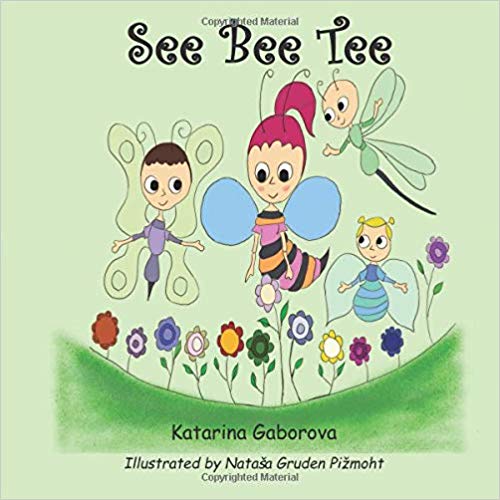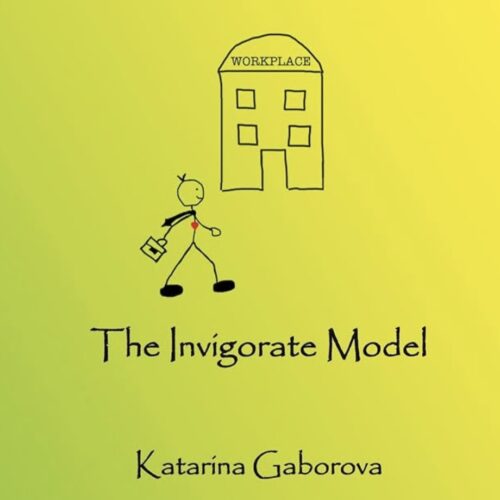See Bee Tee: A Story to Reinforce Positive Thinking in Children
See Bee Tee is an interactive tool for children, their parents and anyone who would like to know the basics of positive thinking. The story is based on Cognitive Behavioral Therapy, made into a set of fun activities. See Bee Tee shows how to replace negative thoughts with positive remedies, to be flexible and to enthusiastically re-imagine situations through:• rhyming prose to help young readers remember the message,• coloring pages aimed to reinforce ‘right here‘, ‘right now’ moments, and • a memory game to improve the child’s learning experience.
Description
The first segment of See Bee Tee story is about a Bee, who gets her wing damaged due to a windy weather and she feels like she won’t ever be able to do anything anymore. In the book, she works with her friend on finding her new way. Her friend shows her that she can do many other things that she could never do in the air. So, she learns to be a ballet dancer on the ground. Eventually she heals as the children that I tested the story on really needed a happy ending. I wrote the story in a rhyming fashion as research shows that rhyming significantly improves the learning and enhances the memory. And of course there were a few cognitive distortions and their antidotes depicted in the story. That children could apply the same in their every day life.
The 2nd segment contains coloring pages of the characters and a set of questions that reinforces the children to stop for a moment and be truly mindfully present. That is based on mindfulness.
The 3rd segment contains 20 pairs of memory card game with the cognitive distortions and their antidotes. Some cards may also present a problem and then asking children for solutions.
The last segment of the book is dedicated to the parents with explanation of how our mind inclines to the negativity bias, how the brain processes and generalizes the information. I also included the types of cognitive distortions and how to remedy for that. I believe, that if the parents understand the process , they themselves will demonstrate a shift in their thinking.





